How To Build An Underground Bunker
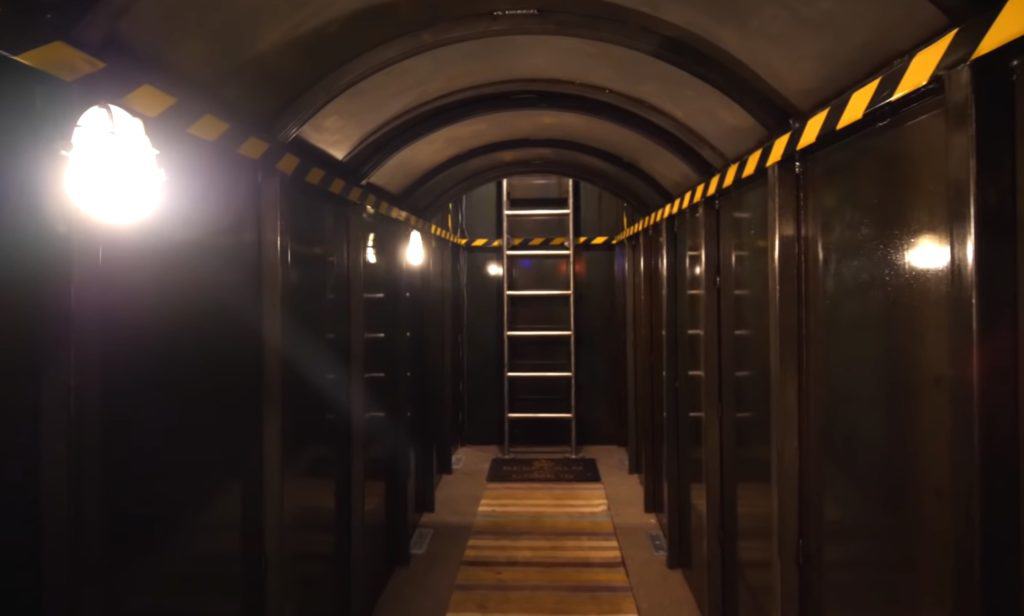
-
Save
Share this article: Bugoutbill.com is independent – we research, test, and rate the top products to help you make the right buying choice. We sometimes use affiliate links and may receive a small commission on your purchase. Learn more…
Overview
An underground bunker is a defensive military construction where people and valuable materials are protected from falling bombs or other threats. Bunkers are primarily underground, whereas blockhouses are primarily above ground.
The circumstance you’re in may necessitate both urgent and long-term shielding. If a nuclear strike occurs, a well-built subterranean bunker will provide you with a survival rate and protect you from dangerous particles settling in the atmosphere.
And not only that…
Apocalypse, nuclear war, the end of the world as we know it, tsunami, tornado, you’ll need an underground bunker in all of these scenarios, which no longer seem so unlikely.
An underground bunker will boost your chances of surviving in an apocalyptic circumstance at times if you have one.
It will come in handy when it comes to natural catastrophes and military activities.
Many individuals build bunkers out of a buried shipping container to save money. However…
Shipping containers aren’t designed to be buried, so shipping containers need to be strengthened. If you’re thinking the same thing, check out this article on why you shouldn’t bury a shipping container!
So…
This article will teach you how to construct an underground bunker – or your very own backyard bunker.
Table Of Contents
Table of Contents
Recent posts
Categories
Get Permission

-
Save
A construction permit from the local authorities is required to construct a residence above or below grade. You’ll need a building permit before beginning excavations, regardless of whether you’re building horizontally or vertically in either direction.
Before you start digging, here’s a little reminder!
The most crucial step is to obtain the necessary licenses. Permits are required to ensure safety during the construction process. Failure to obtain or comply with permission may be costly and even deadly if you aren’t attentive.
You don’t want to start excavating and building an underground bunker just to be halted and forced to pay a huge fee. You may be obliged to withdraw or undo whatever project you set out to complete in some instances.
To begin with…
You must obtain permission from utility operators in your city or municipality before excavating any type of excavation, trench, or pit on your residential lot.
In addition to that…
Suppose your area’s utility services are controlled and maintained by the local municipality. In that case, you’ll need to call them to have them come out and find the subterranean utilities on your property.
Remember!
You are not authorized to begin excavating or building any structure until all utility operators (water, sewer, gas, electricity, telecom, etc.) have completed an inspection of your private land and identified all subterranean services.
And not only that…
Many more permissions are required by zoning laws and municipal planning rules, depending on your location, development plans, building type, and usage. You must wait until all permissions have been received before beginning construction.
We’re not done yet!
You’ll need different sorts of permissions based on where you reside; for example, if you’re building your underground in San Diego, CA, you’ll need the following permits:
Permit for Grading:
When excavations or fills may modify the land’s topography, grading is necessary.
We understand your concern!
What is a grading permit?
The process of digging or depositing dirt on your land is known as grading. If your project involves any of the following activities: excavating, removing, or adding soil to your land, you may require a grading permit. Transferring soil from one area of your property to another is common.
A preliminary assessment is required to ensure that you are not constructing an ecologically sensitive property and to determine the project’s viability.
Permit to build:
You may legally begin work on your home project with a building permit. A permit certifies that your project plans have been approved and meet all of the required standards. It also provides you peace of mind knowing that your new home renovation is legal and safe.
Ensure that the construction project adheres to local, state, and federal regulations.
Discretionary Permit:
Discretionary permission is required when a project can influence the surrounding region owing to the intended usage, location, or design element.
Plumbing Permit:
A plumbing permit is required if you’re adding plumbing to your underground bunker (more on that later).
Electrical Permit

-
Save
You’ll need an electrical permit if you want to install any electrical wiring or equipment to ensure that everything is wired safely and correctly.
Choose The Location

-
Save
After securing your clearances, the following step is to decide where you’ll build your bunker.
Remember:
If concealment is important, it needs to be somewhere you can feel comfortable and private.
Keep in mind, as well…
Avoid any location near major bodies of water since they are more likely to flood, compromising your bunker’s structural integrity.
Similarly…
stay away from any combustible area.
Digging at a location surrounded by trees and foliage is a bad idea and the difficulty of cutting through the complex network of roots present while trenching near trees.
It’s not simply that, but…
Cutting through these roots might be harmful to the environment.
Also…
You should not dig into any utility wires.
Secondly…
Avoid digging on top of the utility line or 18-24 inches on all sides of it. If you can’t avoid them, you might want to think again about where you put your bunker.
Related: How To Survive In The Woods
Develop a Blueprint
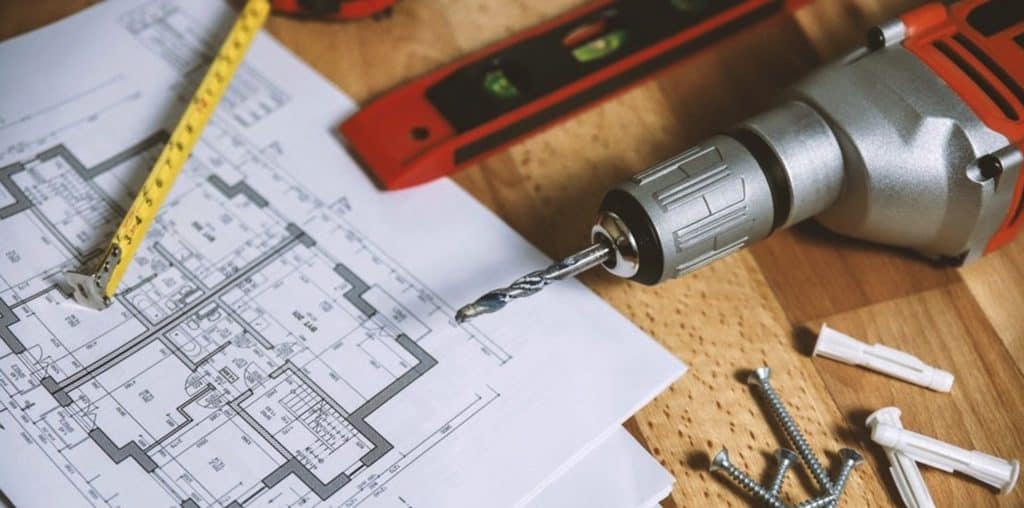
-
Save
A blueprint is a pattern or design that may guide for creating anything. It is also a piece of blue paper with blueprints for a structure printed on it in its literal sense.
So…
Make a blueprint and pay close attention to the design.
Yes, you read that correctly!
You should first create a plan for your underground bunker, just as you would for a house.
However…
You’re building for extra protection and security rather than elegance, unlike a home.
Once you’ve selected where you want to build your bunker, measure the space you have to work with (away from the trees, utility lines, and bodies of water).
As a result…
You’ll gain an idea of how your blueprint can be constructed.
Even if there won’t be much space, it doesn’t rule out the idea of making it work. You want to have enough space to not always clutch your knees, but you don’t want to squander it.
As a result, make sure you’ve given this step a lot of thought.
Consider it a little residence and use the same space-saving methods.
For instance, you may consider;
First…
Using an open area concept to combine places
Secondly…
For maximum storage efficiency, make use of vertical space.
And lastly…
To minimize room, install wall-mounted furniture such as a desk or table.
Whatever it is that you decide…
Take into account both safety and reliability and efficiency and comfort while making a strategy. The fact that you’re creating a bunker for protection doesn’t mean you have to make it seem suffocating.
FEMA advises between 5-10 square feet per person for tornado or hurricane shelters to reduce claustrophobia while using the limited amount of space available.
As a result of this…
Make sure you have enough privacy for each individual.
Related: How To Build A Faraday Cage
Pick the Right Bunker Building Material
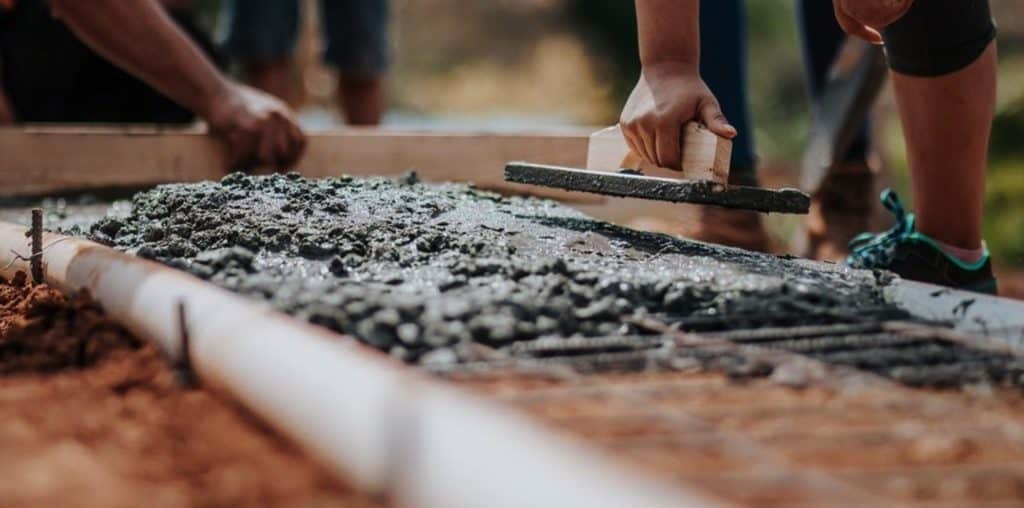
-
Save
The most durable materials will be necessary for constructing a bunker. The foundation, supporting walls, and roof must all be made of the strongest materials to prevent bunkers and safeguard your new underground location.
Consider using a sturdy and durable bunker building material for the bunker that will not disintegrate under the weight of the earth.
Remember:
When it comes to creating something underground, not all building materials are created equal.
The following are the most prevalent construction materials:
Metal Sheeting

-
Save
Metal sheeting is strong and water-resistant, but it may be costly, especially if insulation is required.
In addition to that…
The ultimate underground bunker is made of thick sheet metal soldered together and supported by tube steel. It’s durable, resistant to dampness, and resistant to infection, but it’s a lot of money.
Go for it if you can get a decent bargain on a quantity of 4mm metal sheets. Alternatively, if you have a significant budget, go for it…
Otherwise…
You’ll have to go with a more cost-effective choice.
Bricks
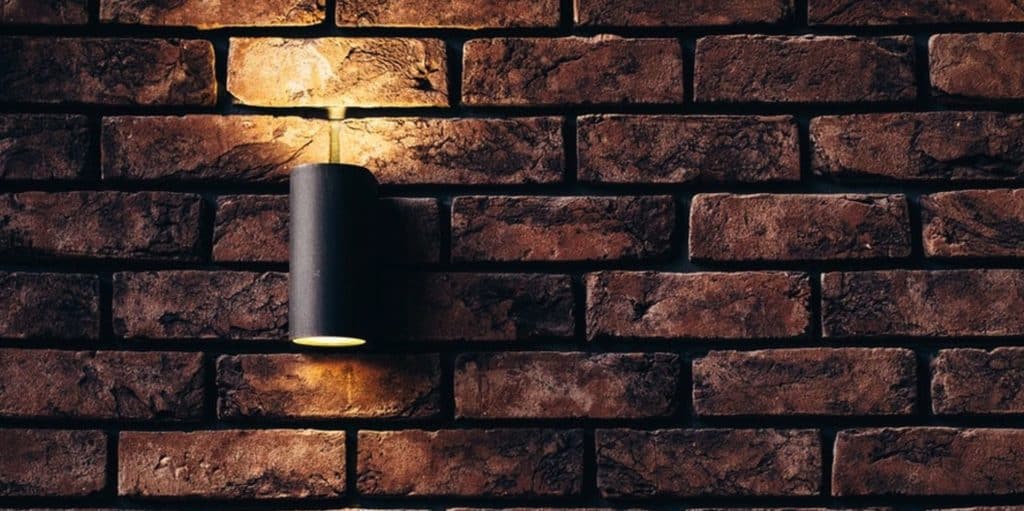
-
Save
Bricks are a strong and economical building material with great insulators and are quite waterproof.
Except for that…
They may also provide a splash of color and elegance to an otherwise bleak environment.
It might be highly beneficial to use bricks or cinder blocks to support the walls and floor. In comparison to a variety of other materials, bricks are comparatively inexpensive.
Yes! You read that right!
They’re strong, won’t degrade, and are simple to put together and install.
In addition to that…
Bricks are excellent insulators, allowing hot air to circulate in cold weather and cool air to circulate in warm weather.
Concrete
The ideal material for your survival bunker is concrete. It’s long-lasting; it’s inexpensive; it’s easy to pour, and it doesn’t take long to put together.
In addition to that…
Reinforced concrete is a low-cost material that can sustain heavy loads. Self-healing concrete is a cutting-edge construction material with a 200-year lifetime and low maintenance requirements.
Most modern homes have concrete foundations, and it’s also employed in military subterranean bunkers.
I propose utilizing concrete if you’re building a long-term survival bunker, and it delivers safety, security, and durability with the cheapest price tag.
Choose the Right Excavating Equipment
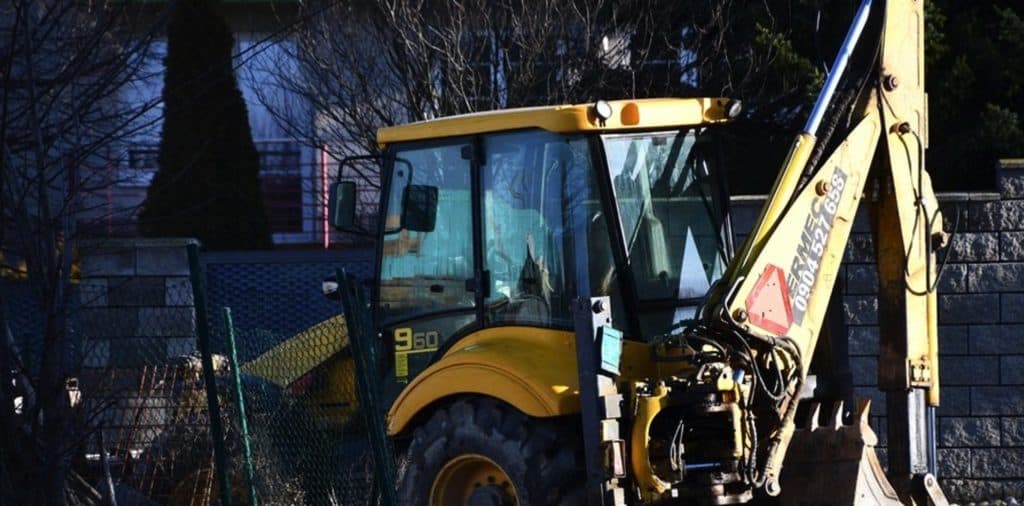
-
Save
A shovel isn’t enough for the job unless you have all of the time in the world. Excavating equipment that can dig fast and in difficult or tight locations is required. You’ll need a trencher and an excavator since you desire precision and efficiency of labor when excavating.
Yes, this will eat up a major portion of the bunker’s building budget, but we’ve planned almost everything ahead of time with this.
Also…
Renting merely the equipment if you know how to use it, or hiring a contractor to excavate with their equipment.
In addition…
A trencher is used for five basic purposes: cutting pavement, draining, shoveling, excavating utility lines, and cutting roots.
A trencher can assist you in excavating your bunker by indicating the location of your bunker.
Remember:
An excavator is a multipurpose earthmoving machine used for everything from trenching to mining. You’ll be able to dig out a hole for your bunker successfully using one of the several varieties of excavators accessible.
Yes! You got it right!
You’ll start by determining the dig’s perimeter and measuring it. The trencher should then be used to delineate.
After that…
You may start excavating the rest of the pit where your bunker will be situated with an excavator.
Due to its linear digging action…
An excavator will give a far more efficient and precise excavation. A tiny excavator can be maneuvered in tight places.
Acquire Key Living Materials
It’s not enough to just put a metal box in the ground and call it a day. An underground bunker must provide for you and your family for a long period. The following are the five items you should guarantee you include:
Ventilation and Air Filters
Clean air is filtered and ventilated into your bunker by these. Your greatest chance to shield your underground shelter from air pollutants and supply fresh air is an N.B.C. or known as Nuclear, Biological, Chemical filter. You need to install air vents.
Except for that…
Filtration efficiency is assessed under established standard settings regarding defined test dust or aerosol, and air filters are classed based on that.
Generator
A generator is a device that transforms motive force into electrical power for use in an external circuit in electricity generation. Steam turbines, gas turbines, water turbines, internal combustion engines, wind turbines, and even hand cranks are mechanical energy sources.
Your bunker will get power from this. Add up the total wattage of everything that utilizes energy to determine how much power you’ll require. Using this information, you’ll select the ideal generator for your bunker. Install a solar generator to prevent stockpiling gasoline or keep it on hand as a backup.
Water Filters
Purpose of water filtration: To produce safe and drinkable water for a specific purpose, the process of removing or reducing the concentration of particulate matter from contaminated water, including suspended particles, parasites, bacteria, algae, viruses, and fungi, as well as other undesirable chemical and biological contaminants.
These will ensure that a consistent supply of clean water is available. Any water filter would do, but a UV filter is the best option for an underground bunker. They employ a variety of UV light frequencies to kill viruses and bacteria in the water.
Waste Removal System
A waste disposal system is a plan for disposing of, reducing, reusing, and preventing trash. Recycling, composting, incineration, landfills, bioremediation, waste to energy, and waste reduction are all options for waste disposal.
Waste management mistakes might be harmful to one’s health. There are a few different choices for an underground bunker:
First…
A chamber with a trench, such as an outhouse, can simplify things. It’s inexpensive and quick, but it’s not always sanitary.
Second…
A “poop tube” is a quick and simple way to dispose of waste, and it just takes a few pieces of PVC pipe to create one. However, they aren’t ideal for long-term use.
Third…
The waste from a composting toilet is transformed into fertilizer, which is great if you have plants, but they may be expensive and stinky in enclosed spaces.
And, finally…
A wastewater pump and lift system is a common waste management solution, and waste is pumped from lower to higher elevations via these systems.
Start Digging
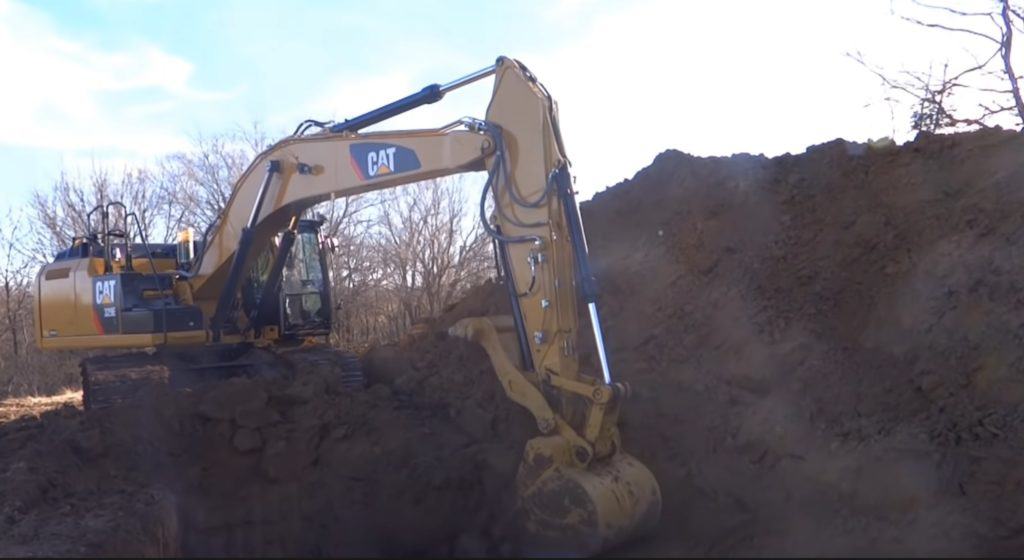
-
Save
The ideal material for your survival bunker is concrete. It’s long-lasting; it’s inexpensive; it’s easy to pour, and it doesn’t take long to put together.
In addition to that…
Reinforced concrete is a low-cost material that can sustain heavy loads. Self-healing concrete is a cutting-edge construction material with a 200-year lifetime and low maintenance requirements.
Most modern homes have concrete foundations, and it’s also employed in military subterranean bunkers.
I propose utilizing concrete if you’re building a long-term survival bunker, and it delivers safety, security, and durability with the cheapest price tag.
Choose the Right Excavating Equipment
Related: Survival Gear
Conclusion: How To Build An Underground Bunker
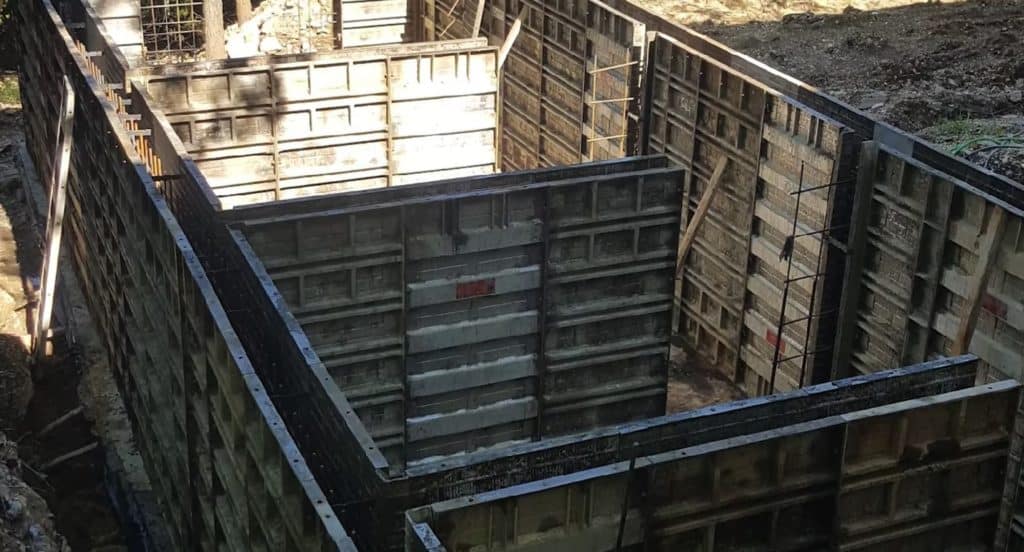
-
Save
After reading our article, you’ve probably lost the misconception that building underground bunkers is simple. Before you begin building, you must spend a significant amount of time preparing, planning, and budgeting.
Despite the hurdles…
This can be accomplished at a reasonable cost.
Many individuals are interested in purchasing underground shelters. Also available is a premade underground bunker. You may build an underground bunker to safeguard your family in the event of a tragedy.
You can prepare for any disaster by learning how to create an underground bunker. Now all you need is the correct tools and a strategy.
Underground bunkers will be beneficial not just in nuclear war or nuclear assault but also in natural catastrophes, riots, tornadoes, toxic precipitation, gamma radiation, and a variety of other situations. Humans can be spared in doomsday bunkers from practically everything that terrifies them.
You’re ready because…
You’ll be in a far better position than others who didn’t prepare the bunker ahead of time.
Similiar Posts
Community Cuisine: MREs and Grassroots Food Movement Engagement
Interested in the connection between community cuisine, MREs, and the grassroots food movement? This article
The Future of Food: MREs and Their Contribution to Systemic Change
Meal, Ready-to-Eat (MRE) is a convenient and portable food option that has been gaining popularity
On the Frontlines of Food Change: MREs in Food System Transformation
In a context where food system transformation is a prominent topic of discussion concerning sustainability

-
Save
About Author
Bug Out Bill is an adventurer and survivor through and through. From the time he was just a little boy (Bug Out Willie) running and jumping through the backwoods of the rocky mountains in Colorado, to the man he is today. Backpacking through South America, scaling two 26,000+ ft peaks, sailing across the Mediterranean, surviving a near death 50 foot fall with very little food while waiting 6 days to be rescued in the wilderness, and everything in between. No wonder he wants to Bug Out, hahaha. BO Bill is truly a passionate outdoorsman when it comes to living life to the fullest with no boundaries. The way we were meant to live and survive. He shares that passion here with you in his writing and sharing. We hope you enjoy your stay at the Bug Out Bill website. . Now Bug Out!
Bugout Bill -
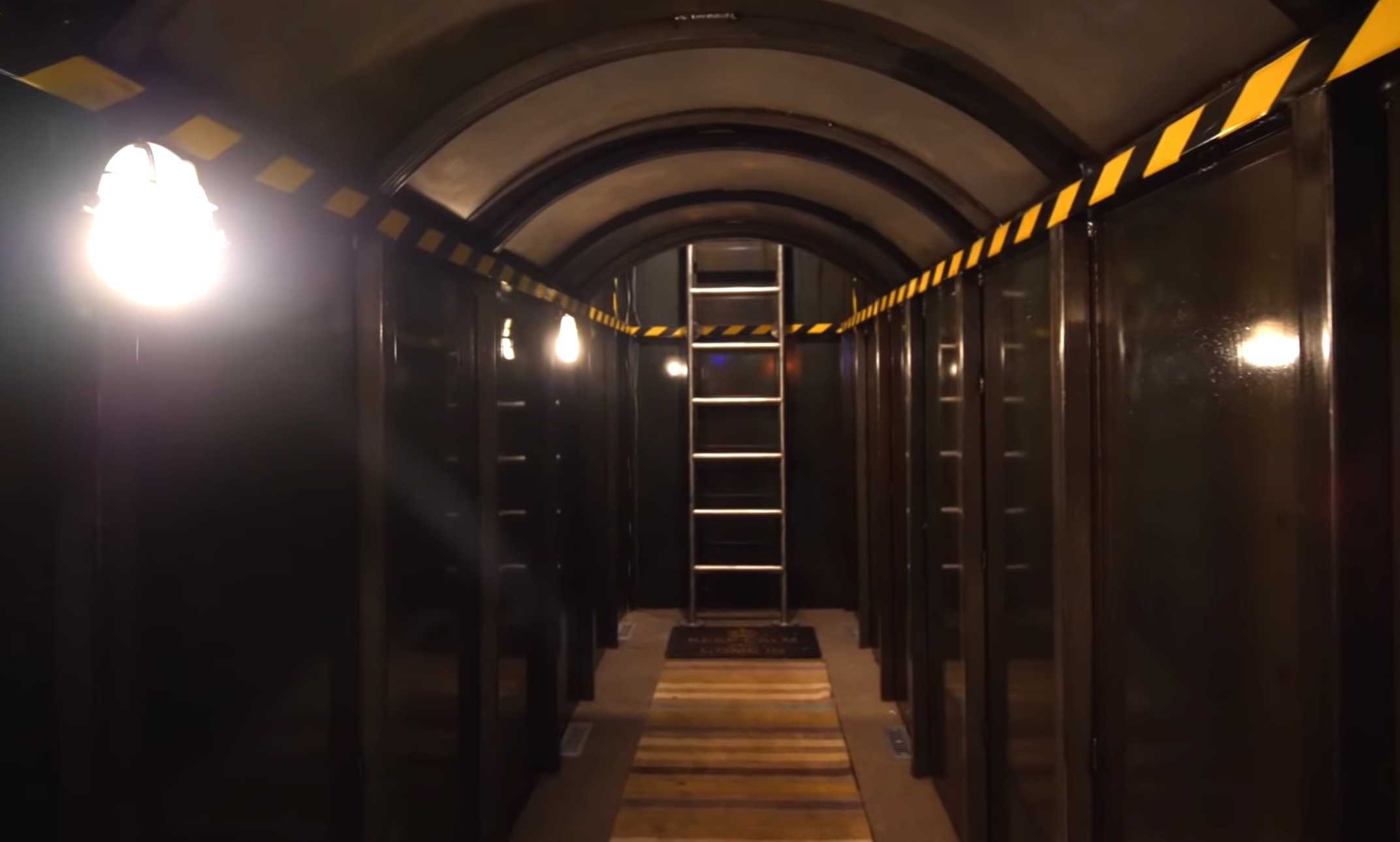
-
Save

